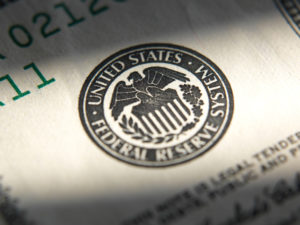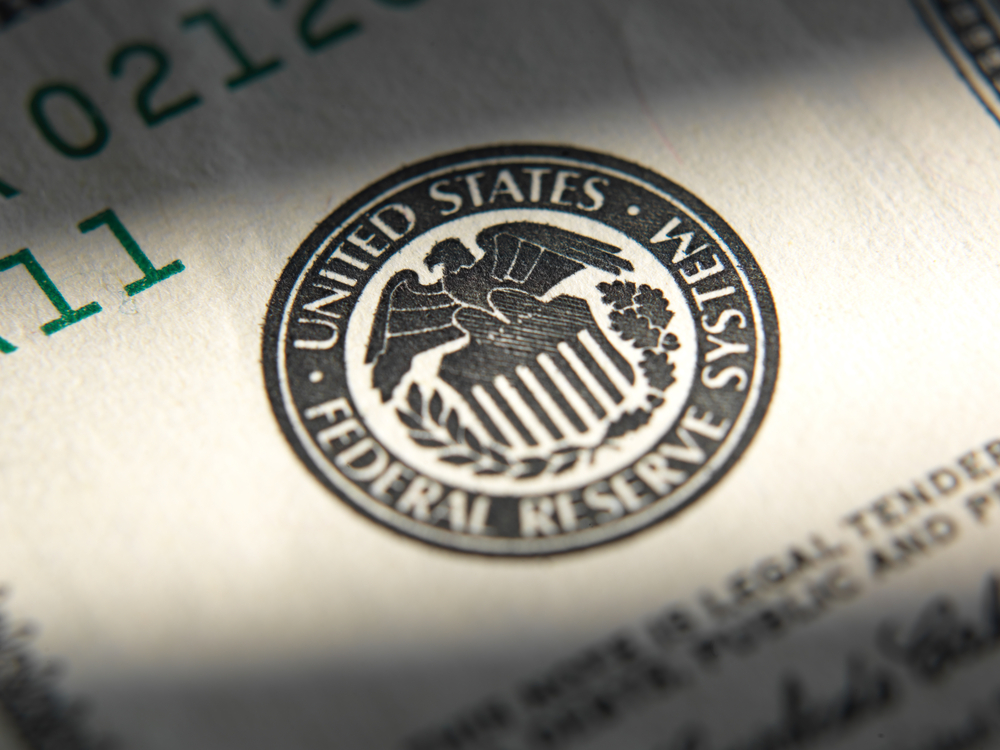The U.S. Federal Reserve is ramping up both the tone and tempo as they continue to explore a digital version of the U.S. dollar. There is no denying that this is a risky, high-stakes undertaking for the central bank that backs the reserve currency of the world.

Jerome Powell, the chairman of the Federal Reserve announced plans for a discussion paper on digital payments. The discussion will focus on both the pros and the cons associated with any CBDC (Central Bank Digital Currency).
Powell’s announcement was quickly followed by comments from bank Governor Lael Brainard, discussing what risks may arise should the rapidly developing world of digital currency becomes overly fragmented. Ms. Brainard was quick to emphasize the importance of the U.S. being actively involved in the development of any cross-border standards that may evolve, especially with China already are deeply involved with a digital Yuan.
What is a CBDC, Central Bank Digital Currency?
CBDC’s are somewhat different from cryptocurrencies such as Bitcoin. Bitcoin and others like it are decentralized and their value can, and is, fluctuating wildly. A CBDC on the other hand gives the holder, be it an individual, a business, or the government, a direct claim on the central bank. In this way, a CBDC is akin to cash.
The Possible Benefits of a U.S. CBDC
Ms. Brainard may have said it best. She noted that any payment innovation should improve upon the current system.
This being the case, a CBDC has the potential of expanding the banking system for those who are, for whatever reason, locked out. This could be a matter of excessive fees or other such barriers. It has the potential of increasing the efficiency of the distribution of government payments.
The payments could be like those provided to households during the ongoing COVID pandemic and even routine payments such as monthly Social Security payments.
As new types of “private money” such as stablecoins proliferate, a CBDC supported by the Federal government could stand as a safe alternative for both consumers and commercial businesses. Private issuers of money nay not always be in a position to honor their obligations, the Fed always will.
What are the Risks?
As the “Greenback” is the world’s reserve currency, the U.S. government enjoys privileged status as a borrower on global markets. The U.S. dollar accounted for well over half of foreign exchange reserves at the end of 2020. By contrast, the Yuan, China’s official currency, only accounted for 2.5 percent.
The U.S. must be extremely cautious when developing and deploying a CBDC. With the U.S. current debt level at more than $21 Trillion, any missteps could have a detrimental impact on the status of the dollar, which, in turn, could be harmful to the financial standing of the country.
It is not just the impact in the U.S. With the dollar being the primary currency for international trading, countries worldwide could be disrupted should a digital dollar become unstable.
However, inaction also poses a risk.
As private money gains traction and becomes more popular, the payment system as it is currently could become too fragmented. This has happened before during the 19th century when banks produced their own paper script. The system became volatile and very inefficient.
Ms. Brainard noted that a preponderance of private monies may be the cause of financial instability because of the potential volatility of such monies and the risk of run-like behavior.
Can the Fed Create Its Own Digital Dollar?
According to Chairman Powell, the answer is a resounding no. Before the U.S. could develop a digital dollar, congress would have to take action. Some lawmakers, including the Chairman of the Senate Banking Committee, have indicated their interest in a digital dollar. However, Congress as a whole appears to be some way away from any action. No official decision has been made on the status of a digital dollar.
What Are Other Countries Doing?
The U.S. is one of 75 countries that are researching or developing CBDC’s. China is well along. The country is currently piloting a digital Yuan. Plans are afoot to increase the use of the digital Yuan before the 2022 Beijing Winter Olympics. The Bahamas has taken action, launching its CBDC in late 2020.
What Impact Would a CBDC Have on the Banking System?
The quick answer is; it is uncertain what the introduction of a CBDC would have on the current banking system.
In theory, a CBDC would mean that individuals and businesses would no longer need a bank in which to store their money. Research also tends to support the thinking that a CBCD could lower banking costs, which in turn could lead to an increase in overall deposits.
ChesWorkShop commits to presenting fair and reliable information on subjects including cryptocurrency, finance, trading, and stocks. However, we do not have the capacity to offer financial guidance, advocating instead for users to conduct their own diligent research.

